
Letters and Miscellany
[caption id="AroundOurScepteredIsle_img1" align="aligncenter" width="1024"]
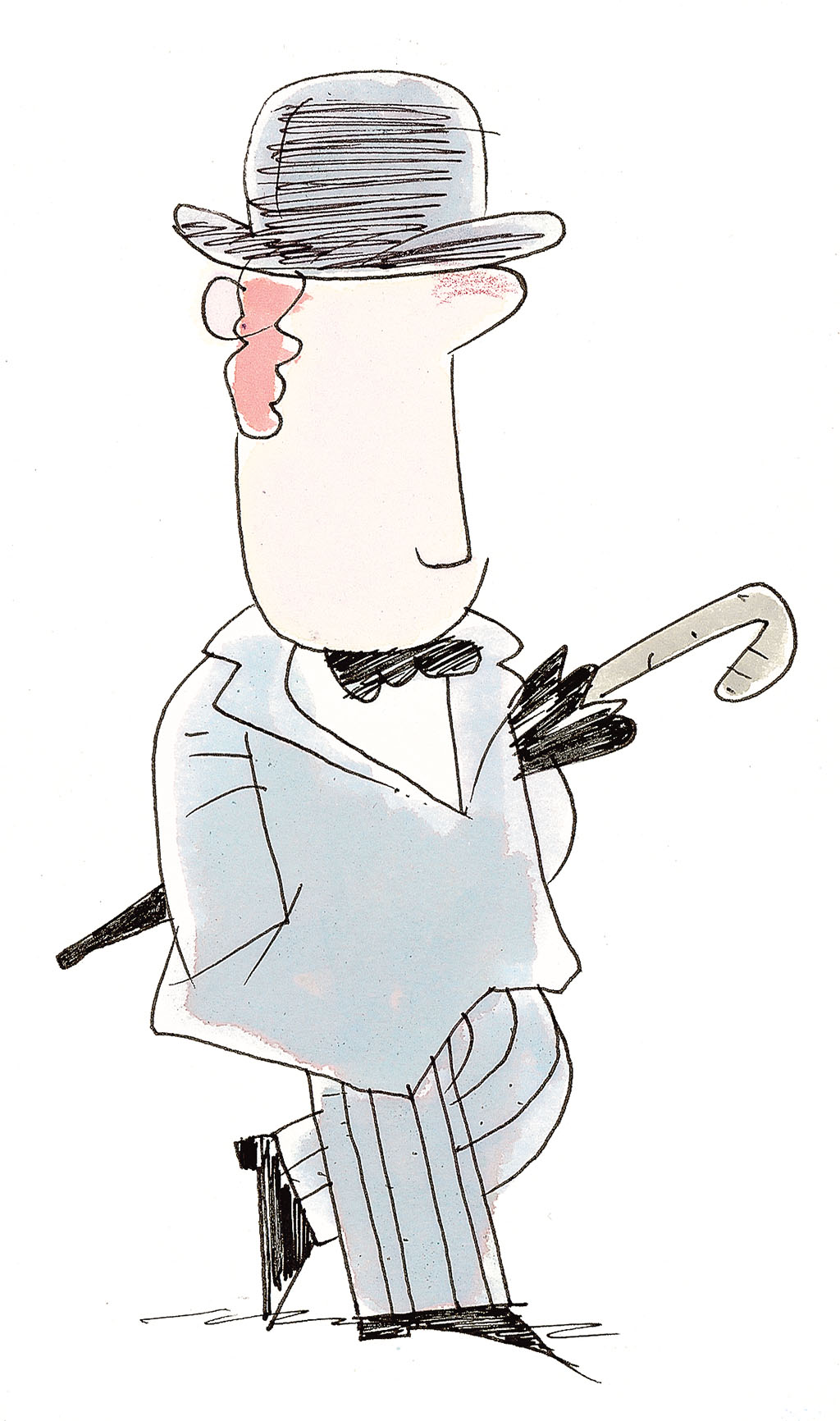
[caption id="AroundOurScepteredIsle_img2" align="aligncenter" width="1024"]
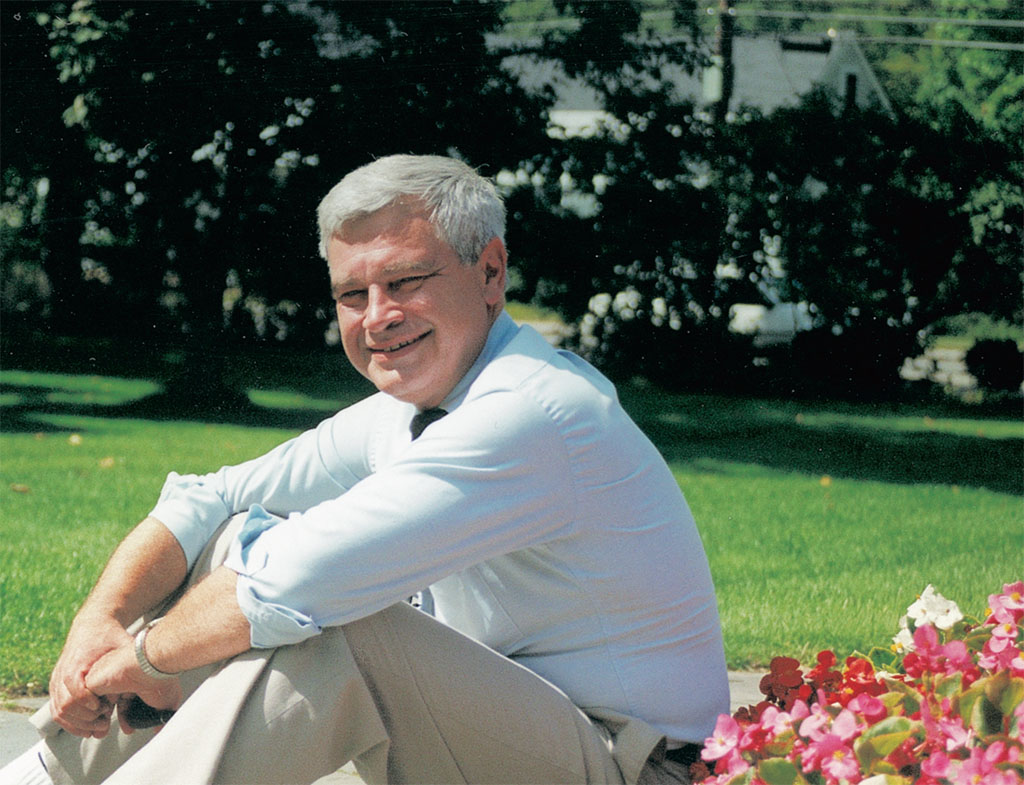
[caption id="AroundOurScepteredIsle_img3" align="aligncenter" width="810"]
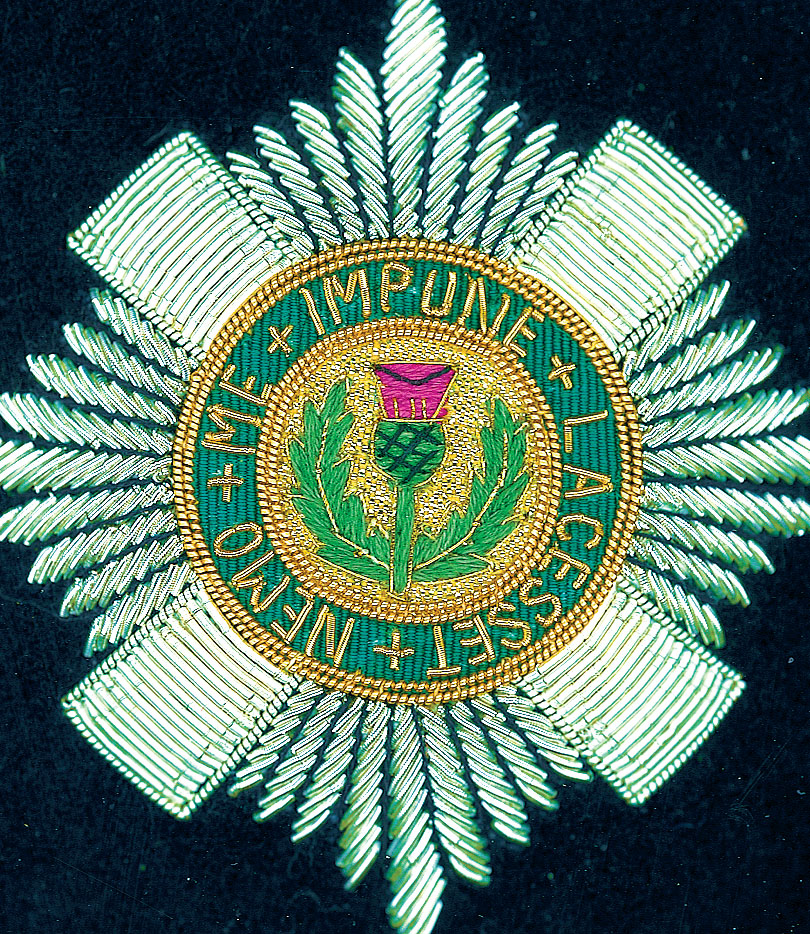
WEIDER HISTORY GROUP ARCHIVE
[caption id="AroundOurScepteredIsle_img4" align="aligncenter" width="766"]
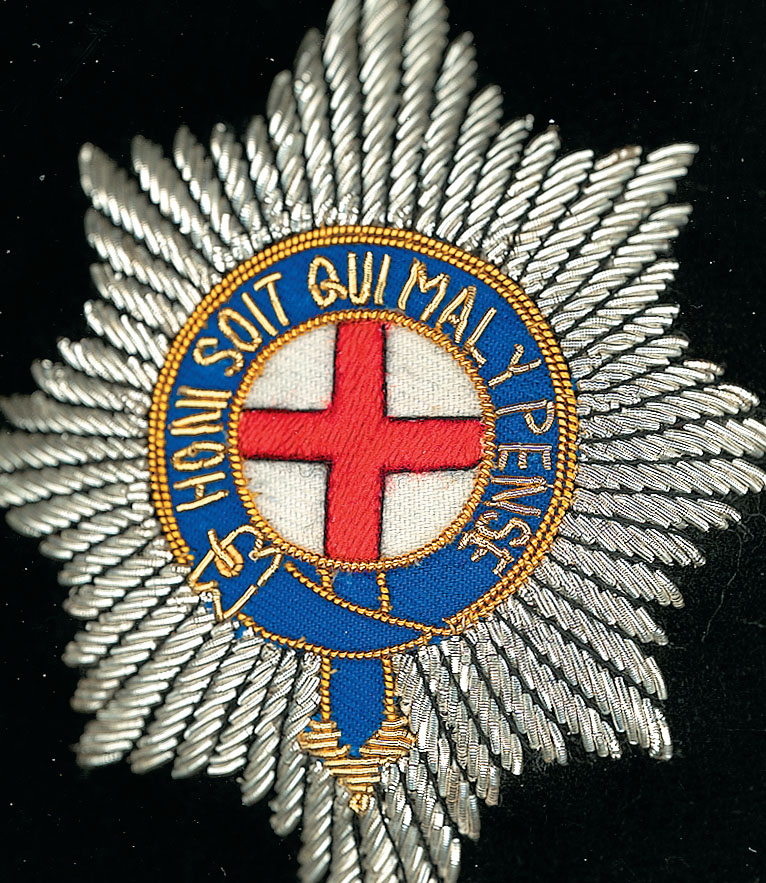
WEIDER HISTORY GROUP ARCHIVE
THE GARTER OR THE THISTLE?
“I’VE LONG READ THAT THE Order of the Garter is the oldest such organization in the world. On my last trip to Scotland, however, I was told in no uncertain terms that the Order of the Thistle predates the Garter by years. What’s the real story?” writes Bruce McPhee of West Yarmouth, Mass.
Yes, alas, this is one of the conundrums where it depends who you ask—and whose national pride is at stake. The Order of the Garter has a well-known and documented history. King Edward III founded it in 1348. It is the oldest and highest order of English knighthood, with membership limited to the monarch, the Prince of Wales and 24 knight companions whose banners hang in St. George’s Chapel at Windsor Castle.
Scotland’s Order of the Thistle has a murkier story. Legend has it that Angus, King of the Picts, established the order, dedicated to St. Andrew, in 787 after battle with a Saxon king, or in 809 to celebrate a Scottish alliance with Charlemagne. Another tradition has the Order of the Thistle formed on the battlefield of Bannockburn by Robert the Bruce. Other stories credit James III or James V with having instituted the order.
The Order of the Thistle as it exists today, however, was instituted by King James II (King James VII of Scotland) in 1687, whose letters patent spoke of “reviving and restoring” the order. Of course, he was deposed the next year and scuttled off to France. The order then lay dormant until Queen Anne again resuscitated it in 1703. So, there’s the story. With due respect for Scottish legend, though, given the Thistle’s unknown pedigree, I vote for the Garter as the oldest order.
You too can ask a burning question. If you have long pondered a topic of British history or common life without resolve, ask British Heritage! Send your queries and puzzlements along to us at 741 Miller Dr. SE, Suite D-2, Leesburg, VA 20175. Our e-mail address is [email protected]. We are always happy to hear from you.
R.I.P., DIANA, WITH A WHIMPER
THE PROBLEM WITH BELIEVING a conspiracy theory is that you are predisposed to dismiss any evidentiary findings to the contrary as part of the conspiracy. After spending three years and millions of pounds of British taxpayers’ money, Lord John Stevens, former head of Scotland Yard, delivered his report on the circumstances surrounding the death of the late Princess of Wales and her boyfriend what’s-his-name. To the surprise of very few, the astounding results of the exhaustive police investigation were…the same as the French inquiry concluded years ago.
Diana and Dodi died in a horrific accident. There is no story; there is no news. There was just too much booze, too much speed, too much celebrity. The only conspiracy questions left have to involve Mohamad Fayed himself, the, eh, grieving father of the overly rich playboy, who has repeatedly been denied British citizenship because of his character. Why does he persist in telling loud tales about the beloved princess and her short-term beau? Why would he accuse the Duke of Edinburgh (of all people) of concocting some elaborate cloak-and-dagger scheme? Why would anyone listen to him? But I won’t ask these silly questions. Rest in peace, Princess.
STATE OF THE UNION—AFTER 300 YEARS
THIS MAY MARKS THE 300TH anniversary of the Acts of Union, formally uniting Scotland and England under a single Parliament. By separate acts that took effect on May 1, 1707, the Parliament of England and the Parliament of Scotland enacted the Treaty of Union. The result was that both parliaments were dissolved, a new Parliament of Great Britain was established and a new state, the Kingdom of Great Britain, was born.
The crowns had been united under the banner of the House of Stuart in 1603, when James (Sixth of Scotland, First of England) took the High Road to London and the throne left vacant by Queen Elizabeth I’s death. Several attempts were made in the 17th century to unite the two countries, but it wasn’t until 1707 that the political will existed in each country at the same time necessary to effectuate the Union. While Scottish power brokers were sufficiently advantaged under the Union to support its establishment, however, the effective disappearance of Scotland as an independent state was wildly unpopular with the Scottish people.
Three centuries later the Union is little more popular now in Scotland. Limited devolution has taken place, and the gleaming new Scottish Parliament at Holyrood has returned a measure of self-governance to the Scottish nation (as has the Welsh Assembly at Cardiff). Still, voices have never been louder in Scotland for full independence from the British union. As Scottish MPs still retain full voting rights in Westminster, English folk, too, are now openly calling for the establishment of a separate English Parliament again.
It is difficult to see in the present world what long-term advantages could be gained by such a Balkanization of Britain. Any formal dissolution of the Union would result in two (or three) smaller states, each with correspondingly less economic power and voice in the world. The power of nationalism is strong, however, and a permanent role as the junior partner is always tiresome in any relationship. Though it is not likely that Scotland, England and Wales will each go their own way in the immediate future, bookmakers would be sharp to give long odds that the Union as it presently exists will celebrate another centenary together. Interestingly enough, while historians regard the Union as among the most significant events in British history, no significant commemorative celebrations are planned.
THE “GREEN PRINCE” PUSHES PEDAL POWER
IT MAY BE SOME TIME before we see Prince Charles traveling by commuter train. The environmentally friendly heir to the throne is nevertheless urging his staff to help fight global warming. A new “bicycling to work” scheme has been introduced, with the Prince providing bikes at Clarence House for staff to borrow for short trips around the capital. Ever one to attempt to practice the preached word, the Prince of Wales has also asked aides to find a greener fleet of cars that includes hybrid vehicles. While security concerns and a pressing travel schedule make it unlikely that the Prince will be able to swap helicopters and private jets for public transport, he continues efforts to assure that his household and aides strive to be as environmentally friendly as possible.
[caption id="AroundOurScepteredIsle_img5" align="aligncenter" width="628"]
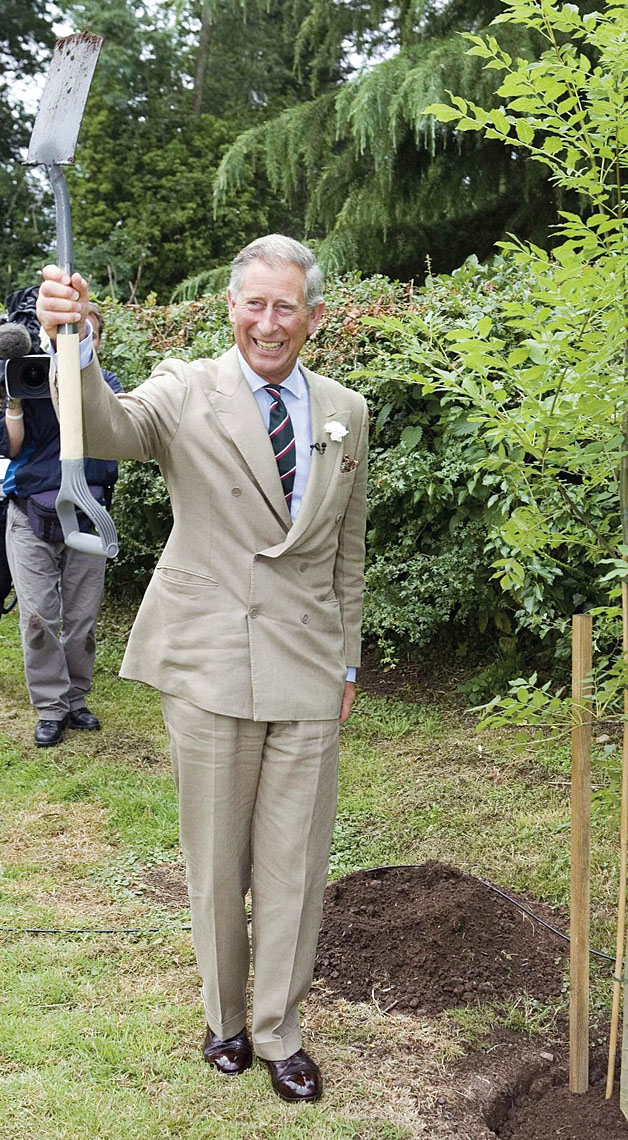
MICHAEL DUNLEE/DAILY MAIL/NPARO/PA/EMPICS
[caption id="AroundOurScepteredIsle_img6" align="aligncenter" width="678"]
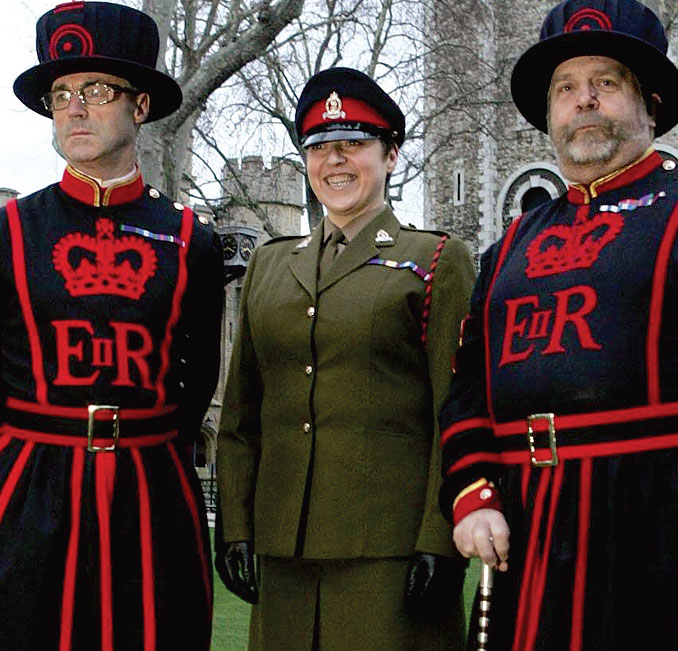
CATHAL MCNAUGHTON/PA/EMPICS
WHO’S THE NEW BEEFEATER?
WARRANT OFFICER MOIRA CAMERON from Argyll has won appointment as the Tower of London’s first female Beefeater in the history of the oldest corps in the world. The new yeoman warder will guard the crown jewels and give guided tours of the Tower of London. Just as her male counterparts have for centuries, Yeoman Warder Cameron will swear an oath of allegiance on Tower Green in a ceremony dating back to 1337. Having spent the required 22 years in the British forces necessary to apply for the job, Cameron anticipates no difficulty in adjusting to the masculine environment. “All the boys are ex-military so we are all singing from the same song sheet,” she said.
MEMORIES FROM THE MAILBAG
PERHAPS CHIEF AMONG THE many pleasures of reading British Heritage is the poignant memory of adventures past it serendipitously inspires. James Tuck of Nashville, Tenn., sent along a picture of the harbor in Fowey, from Daphne du Maurier’s Cornwall, noting, “When Ann and I attended services a number of years ago in the little church shown in the picture, the beauty and simplicity of the service brought us both to tears.” Methinks the memory might have as well.
[caption id="AroundOurScepteredIsle_img7" align="aligncenter" width="599"]
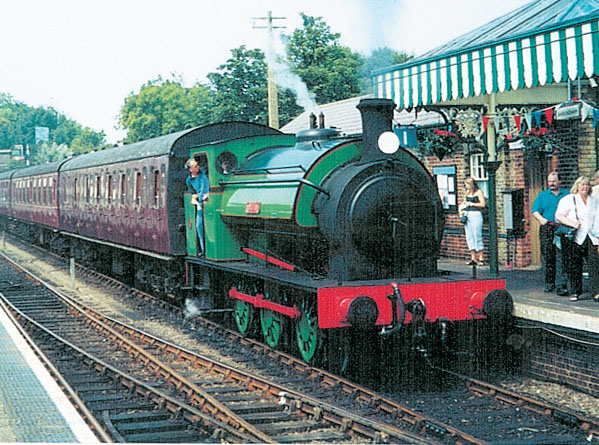
COURTESY OF TREVOR CLARKE
Joy Szwagiel of Auburn, N.Y., is a longtime English expatriate from East Anglia who describes British Heritage as a magazine “to be savored over and over.” Trevor Clarke of San Diego, Calif., sent along some pictures of Sheringham and of Gresham’s School, in Holt, where his father attended many years ago. While our memories of Britain are diverse indeed, what British Heritage readers most have in common is the mutual possession of memories about life and travel in Great Britain.
N.A. Buckley of Philadelphia’s memories are of Burns Nights. He writes: “Loved the haggis, the scotches and the cock-a-leekie soup, and, of course, the bagpipes—and I’m not even Scotch; I’m German-Irish. The tavern that held the parties was the Dickens Inn, but it is no longer in existence. I wonder if any of your readers would know if there are any taverns in my area that have the birthday bashes.” If anyone would like to share information on Philadelphia-area Burns Suppers, we would be delighted to pass on the information.
AND JUST IN PASSING…
ALMOST ONE IN 10 OF the British population now lives permanently abroad. Last year, some 2,000 people emigrated from the UK every week. The top destination, by far, is Australia, where some 1.3 million people claim British citizenship. Following Spain, the United States is third on the Brits abroad table. There are now roughly 678,000 British nationals living in America. What could make them more welcome than introducing them to British Heritage?
Up in Doncaster, the Star has a pintsized publican pulling pints. At 12 years of age, Chris Hardacre has the distinction of being the country’s youngest bartender. After a few weeks’ study, young Chris took and passed the National Licensees’ exam and is now legally qualified to serve behind the bar at his father’s pub. In an unrelated bit of news, Britain does acknowledge a serious problem with teenage drinking.
Meanwhile over in Lancashire, in fact, senior citizens have reaped the rewards of police efforts to crack down on teen drinking. A police spokeswoman explains, “We have been saving all the booze we have collected from underage drinkers in and around the Kirkham, area and basically we have now run out of room to store any more.” So, having a surfeit of more than 1,000 bottles and cans, the police loaded the confiscated goods into hampers and delivered them to a local assisted living facility. The pensioners have been in a festive mood ever since.
PARDON OUR FAILINGS
SEVERAL PHOTO CREDITS were inadvertently missing from last issue. We would hate to slight Jim Hargan, who took that inviting cover shot of the Fens. The inset cover image of the Queen came from Tim Graham/Getty Images. On P. 7, our Hastings reenactor was shot by Gareth Fuller/PA/EMPICS. And finally, Tom Clifford e-mailed to point out that I mislabeled that great picture of Winchester Cathedral on P. 57.





Comments